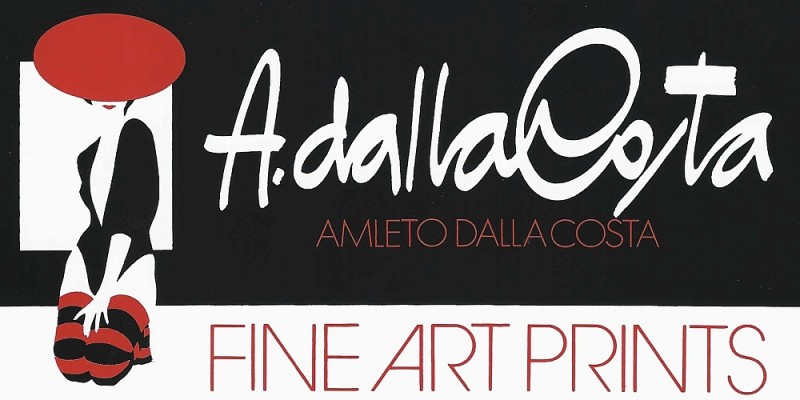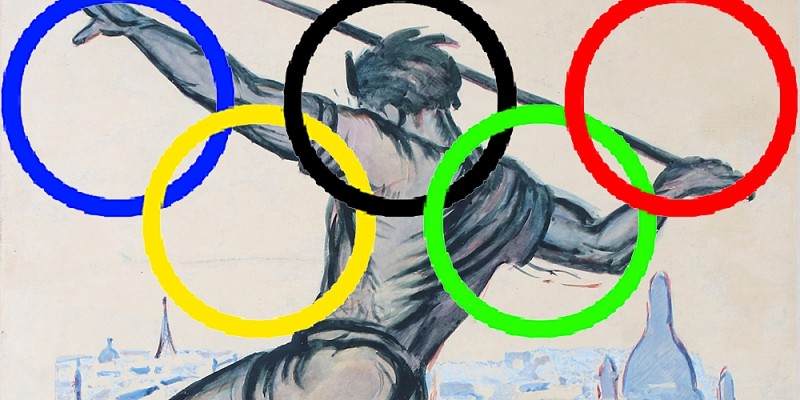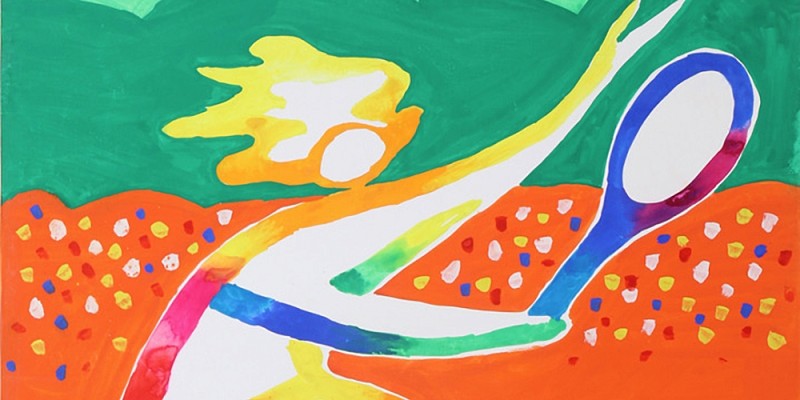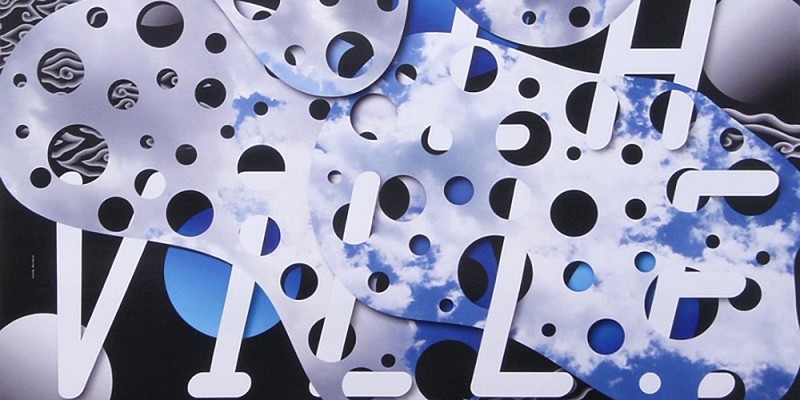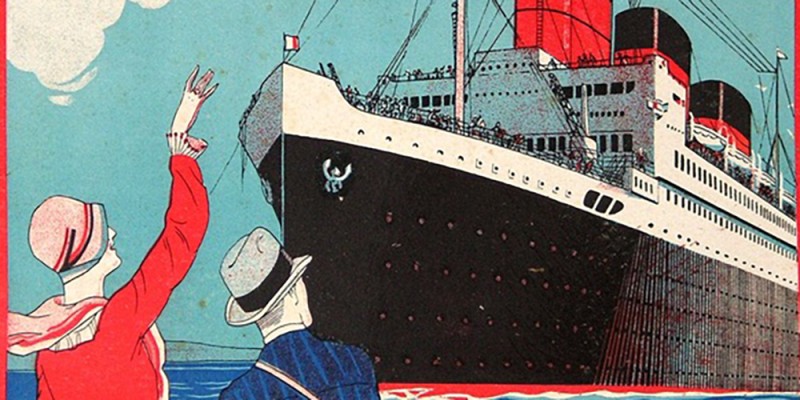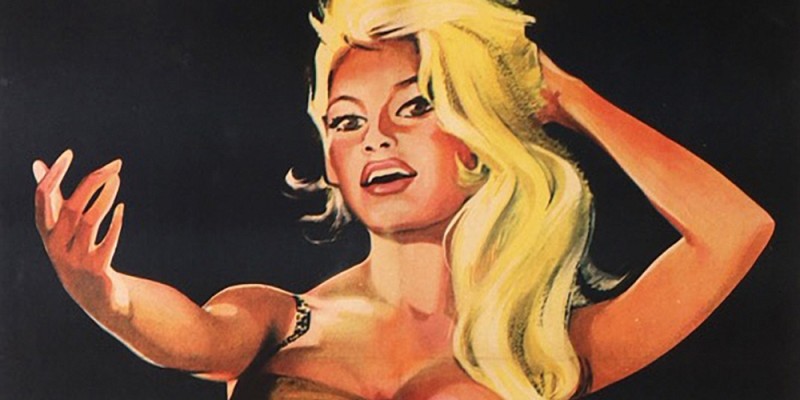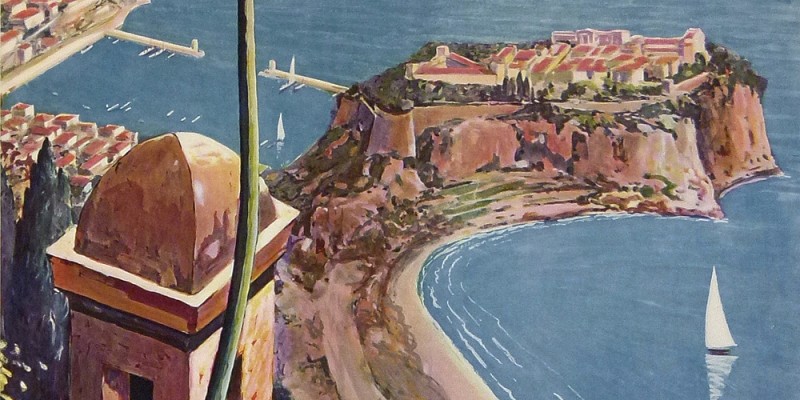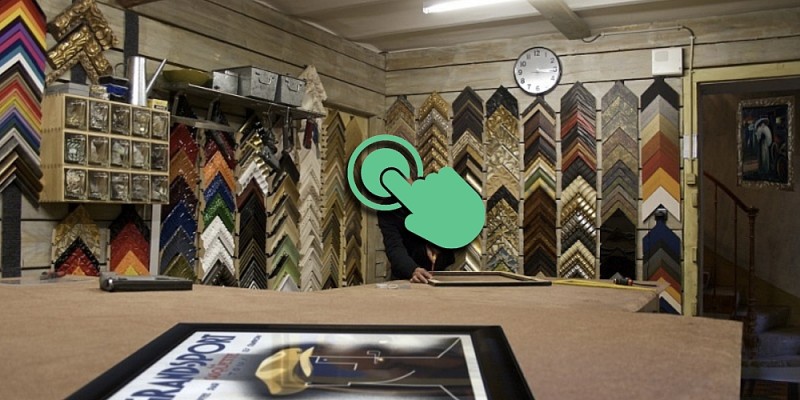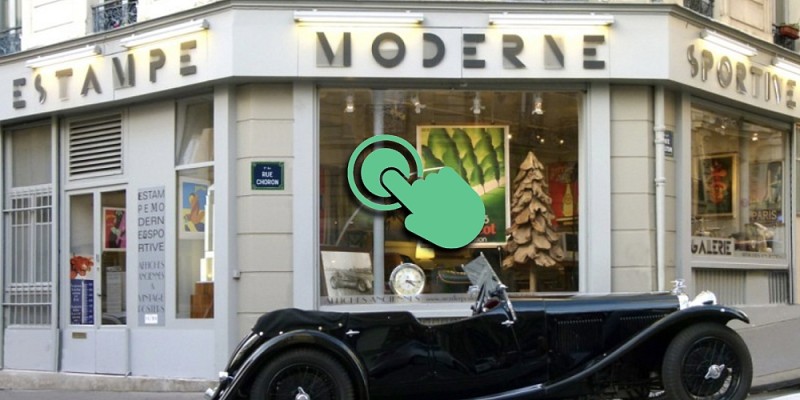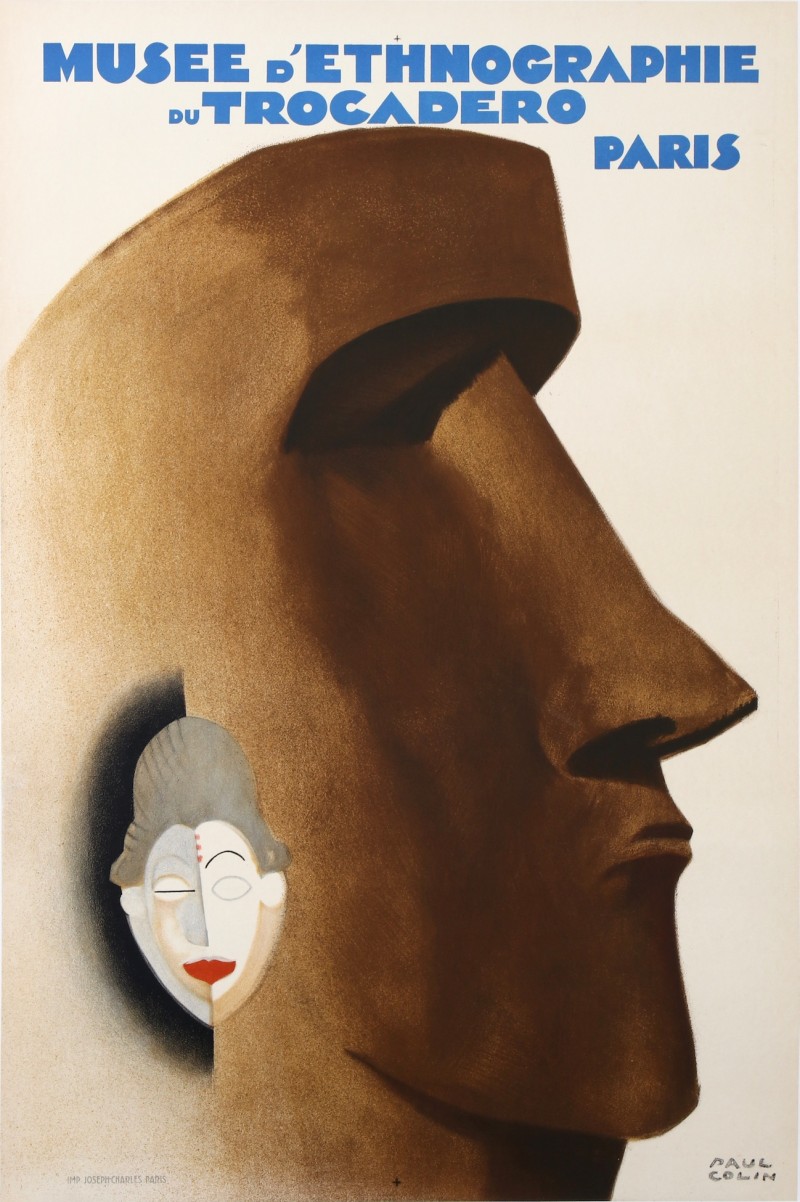
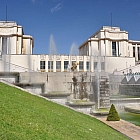
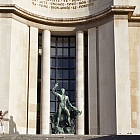
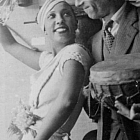
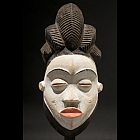
MUSEE D'ETHNOGRAPHIE DU TROCADERO PARIS MOAI ET MASQUE PUNU LUMBO
Antique vintage posters from COLIN Paul
( 1892 - 1985 )
The Museum of Man and Ethnography
In 1928 Paul Rivet was appointed to its head and had him attached to the chair of anthropology at the National Museum of Natural History. He undertook with collaborators such as Georges Henri Rivière to modernize ethnographic museography, but the premises, deemed insufficiently suited to serve as a museum, were demolished in 1935 to make way for the Palais de Chaillot.
The museum was reincarnated there in 1937 as the Musée de l'Homme, its French collections being housed in the National Museum of Popular Arts and Traditions created at the same time in the same place. Many artists from the beginning of the 20th century went there to discover the primitive arts, in particular Negro art.
The anthropologist and Americanist Paul Rivet took over the management of the Museum. He obtained its attachment to the chair of anthropology at the National Museum of Natural History, which he then held, and which he renamed chair of the ethnology of modern and fossil men.
This shift from anthropology to ethnology marked the institutional birth of the latter, at the crossroads of the all-physical of anthropology and "all-social of sociology."
The Musée de l'Homme was created in a climate marked by upheavals by the Popular Front, the exacerbation of nationalism and signs of the rise of fascism. Inaugurated on June 20, 1938 by Albert Lebrun, President of the Republic, Jean Zay, Minister of National Education, Albert Sarraut, Minister of the Interior, and Georges Mandel, Minister of Colonies, the Musée de l'Homme wished to fight against racism, like its creator.
By creating this title, I wanted to indicate that everything about human beings, in their many aspects, should and could find a place in collections.
It was necessary to bring together in a broad synthesis all the results acquired by the specialists, thus obliging them to compare their conclusions, to control them and to support them one by the other. Humanity is an indivisible whole, not only in space, but also in time, explains Paul Rivet
Mask, Lumbo Punu culture, Gabon. H. 28cm
Exceptional Punu Lumbo mask from Gabon. It combines elegance, simplicity and interiority. From all angles, the mask reveals its perfection and sensitivity. The gaze is deep and enigmatic, the mouth is tense, the face is serene and radiant. It is a masterpiece. Note the beauty and uniqueness of her headdress. According to Louis Perrois, headdresses in this multi-shell style are extremely rare. circa 1920.
This fairly similar style mask inspired Paul Colin for the creation of his poster for the Trocadero ethnographic museum in 1930, see photo documents.
The Moaï, or moai, locally mo'ai, are the monumental statues of Easter Island (an island belonging to Chile located in Polynesia), chronologically dated to the 13th and 15th centuries1.
The majority of these monoliths are carved from tuff mainly from the quarry of the Rano Raraku volcano. A few, however, have been carved from other volcanic rocks of the island basalt, trachyte or volcanic tuff.
Their size varies from 2.5 to 9 meters.
According to Jo Anne Van Tilburg, the number of moai on the whole island stands at 887 with an average weight of 13.78 tonnes, but the largest ones reach 80 tonnes.
France, for its part, has three heads of Moai:
the first, 1.85 m, was brought in 1872 to the Musée d'Ethnographie du Trocadéro in Paris aboard the frigate La Flore, then transferred in 2005 from the Musée de l'Homme to the Musée du Quai Branly.
the two others, one of 1.70 m and the other of 42 cm brought by Henri Lavachery and Alfred Métraux for the Musée de l'Homme during their expedition to Easter Island in 1934-1935, were subsequently transferred to the Louvre.
These search criteria may interest you:
COLIN PaulART DECOANTIQUE VINTAGE POSTERSCOLONIALCOLONIAL EXHIBITIONSMYTHOLOGYHISTORYEXPEDITIONS & EXPLORATIONSRETROMOBILE SHOW FEBRUARY 2025FOCUS




WWW.MASTERPOSTERS.COM
By ESTAMPE MODERNE & SPORTIVE
7 RUE MILTON - 16 RUE CHORON 75009 PARIS
(+33) (0)1 42 80 01 03
